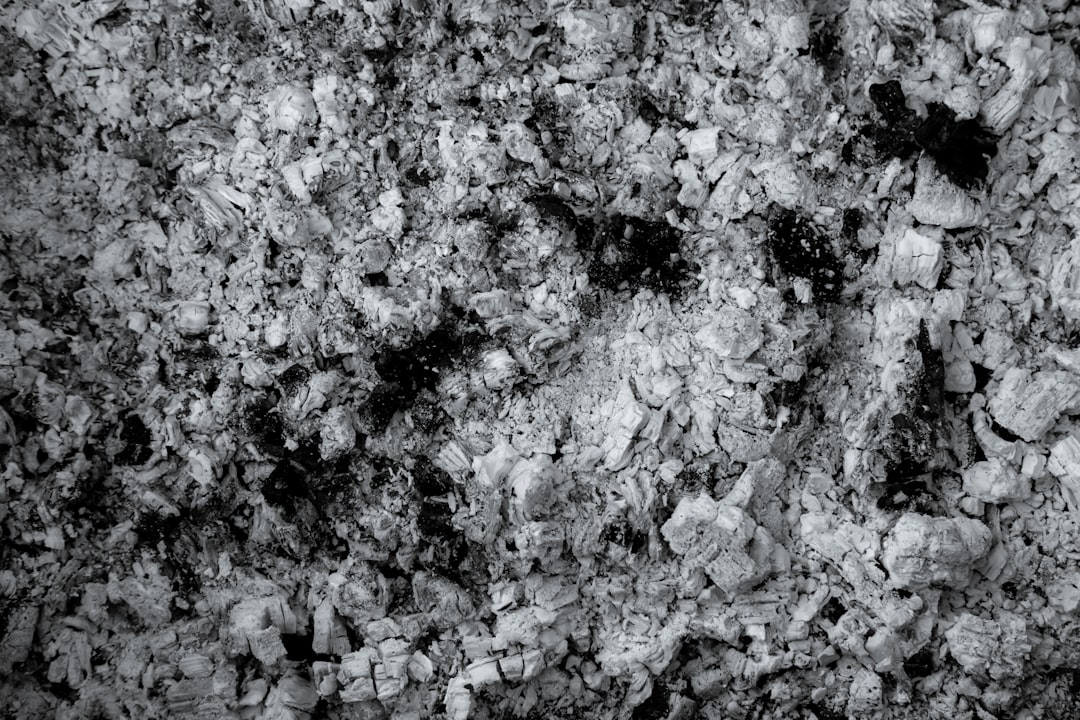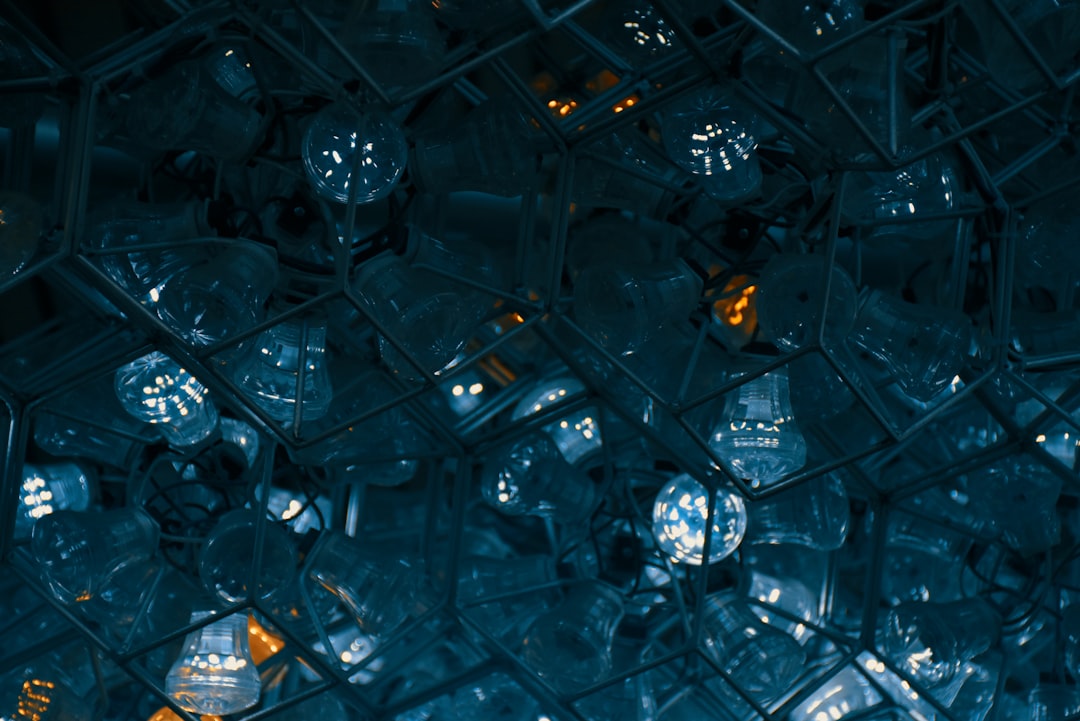What is it about?
High internal phase emulsion templated-polymer (polyHIPE) composites were prepared from spirulina modified halloysite (HL) nanotube containing styrene/divinylbenzene based water-in-oil type concentrated emulsions. In order to obtain a stable emulsion for neat polyHIPE’s synthesis, at least 5 vol% Span-80 as a non-ionic surfactant, with respect to organic phase was needed. For syntheses of polyHIPE composite structures, this amount was decreased to 2 vol%, even in presence of 0.25 wt% modified nanotube with respect to the organic phase. All the polyHIPE composites exhibited open pore structures with pore interconnections together with partially or completely closed pores. The composite having 0.25 wt% modified nanotube and 2 vol% surfactant was found to have about 260% higher dye adsorption capacity and the highest onset degradation temperature in comparison with neat polyHIPE.
Featured Image
Read the Original
This page is a summary of: Synthesis and characterization of polyHIPE composites containing halloysite nanotubes, e-Polymers, January 2016, De Gruyter,
DOI: 10.1515/epoly-2016-0175.
You can read the full text:
Contributors
The following have contributed to this page










